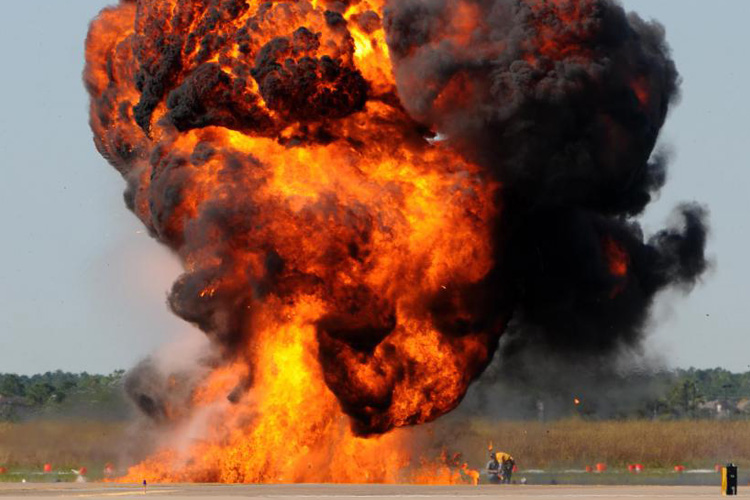The definition of combustible dust has changed over the years. The NFPA in recent years considered 420 microns to be the size which dust was considered combustible. Today, this has changed to 500 microns and in certain areas, the size requirement has been completely removed.
NFPA 652 2016 version terms combustible dust as a fine combustible particulate solid that is a fire and explosion risk when suspended in air in significant concentrations. This standard does not mention size anywhere.
Size is still a reasonable guideline, however, anything that is smaller than 500 microns should be classified as combustible. It is important to note that the larger particles also fit into this definition of combustible dust.
How does material segregation affect particle size?
Many processes produce different sizes of dust with some fine and others coarse. The segregation of this material can lead to dissimilar severities of this risk. For example, a wood processing plant can have coarse sawdust that has wood flour mixed in. The materials can segregate and wood flour will settle in some parts and when there is a disruption in the environment, the dust disperses creating a combustible dust hazard.
How can you identify a risk?
The only way to know whether your facility produces combustible dust is to have it tested, this is a requirement under NFPA 652. When conducting a test, your dust should be tested ‘as received’. Testing it in this state helps you understand how the material behaves in the absence of segregation. Dying and sizing the material produces conservative results to help you assess the risks of a dust collecting in those hard to reach areas.













